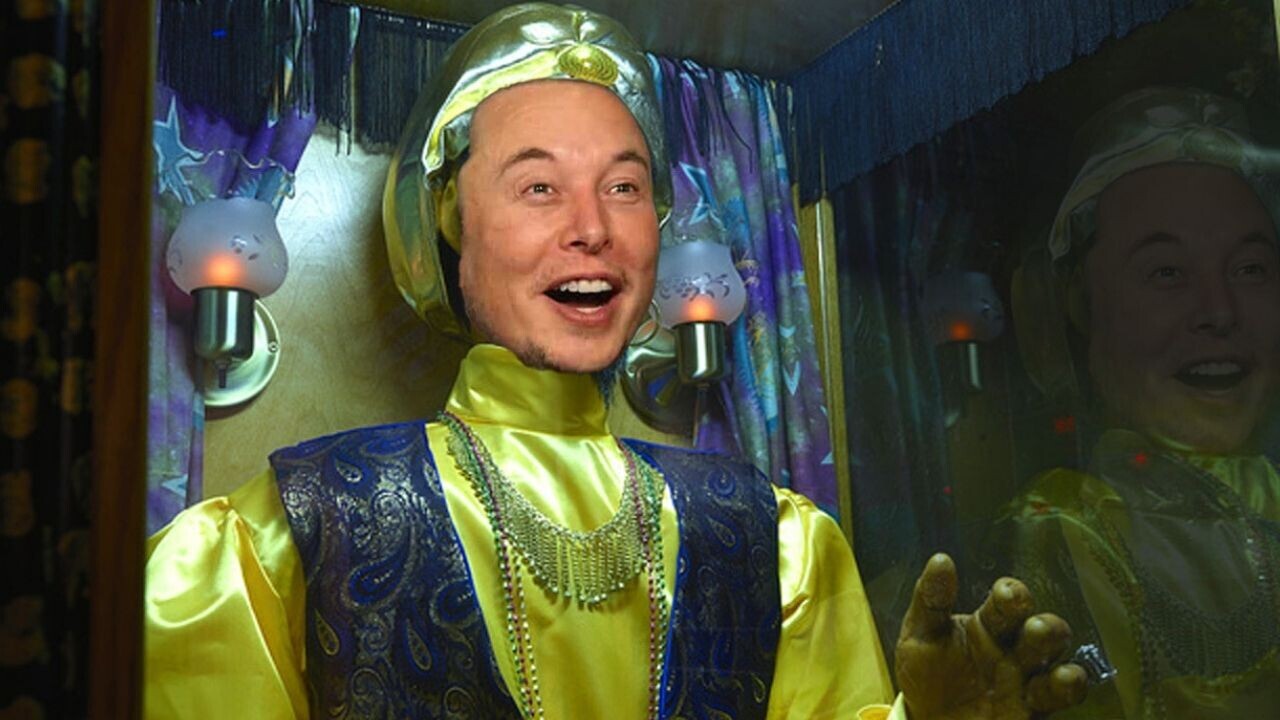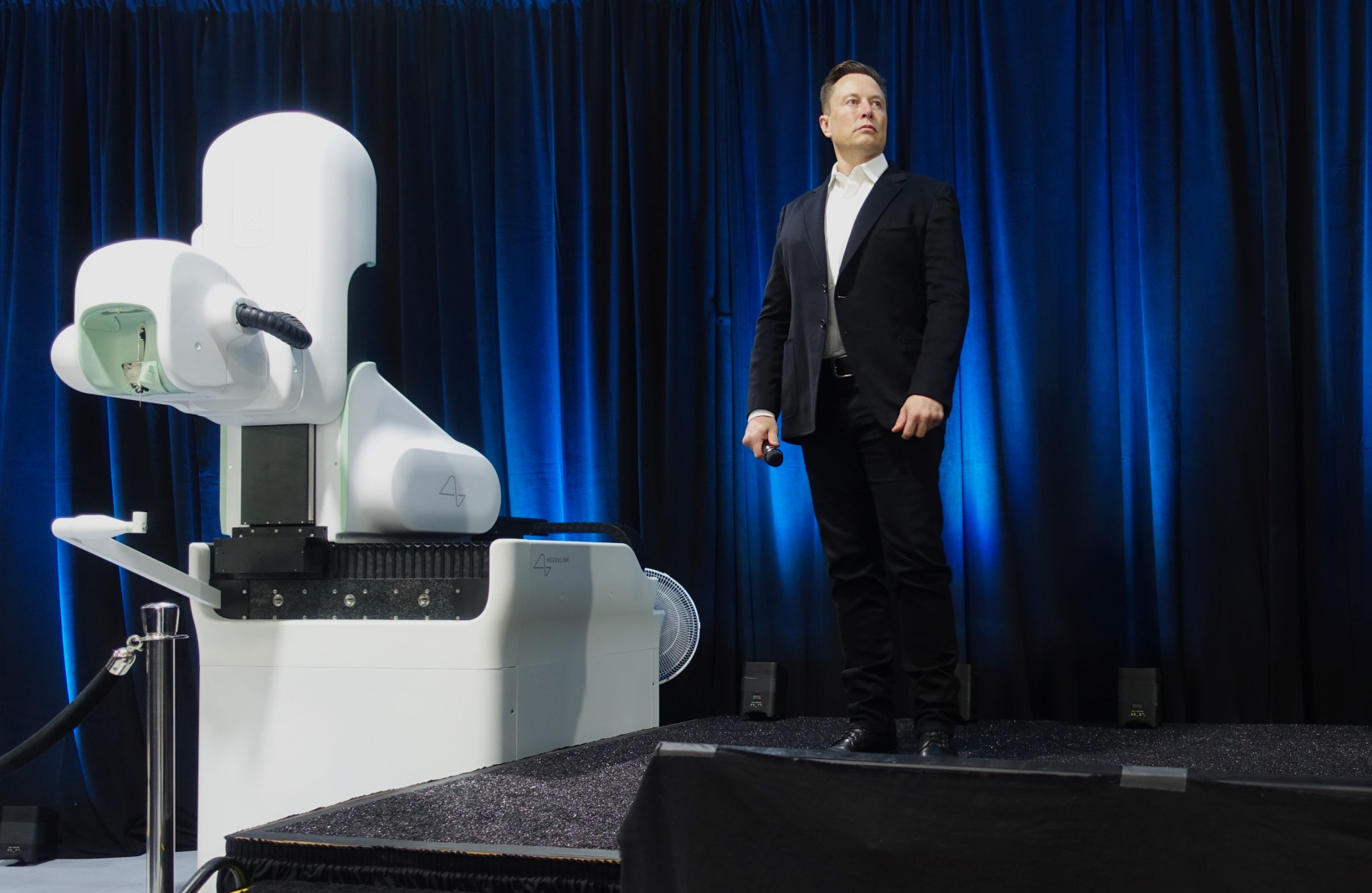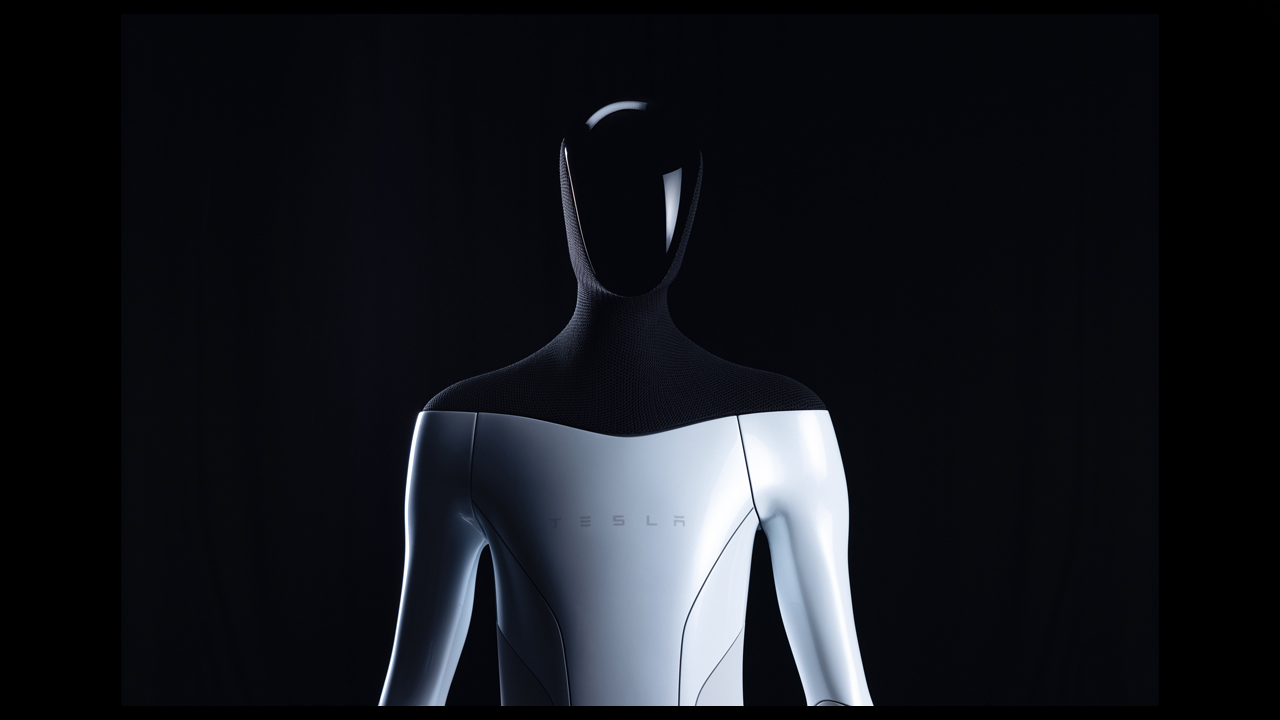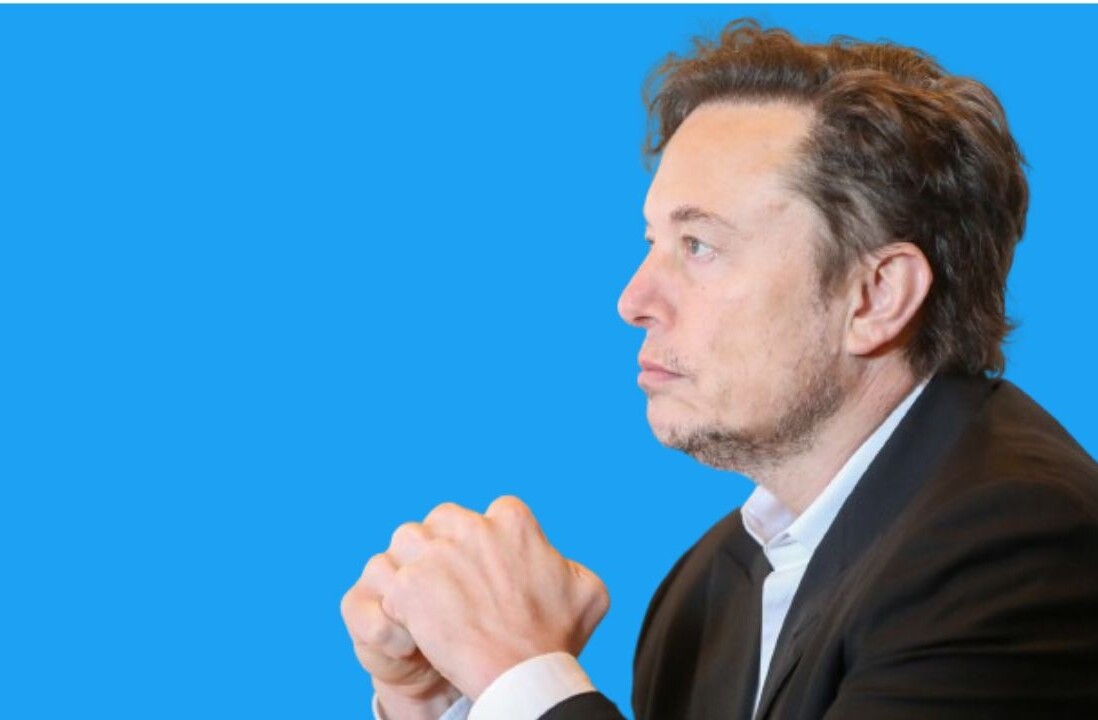
Elon Musk is a big brain par excellence. The tycoon has cultivated the image of a renaissance man with the credentials — and the cash — to solve the world’s biggest problems.
The 50-year-old last month unveiled another bold target: using brain implants to cure tinnitus within five years.
Skeptics suspect the timelines are unrealistic — because they always are.
The world’s richest person has compiled a cornucopia of grandiose predictions. Here are seven of the most outlandish.
Prediction 1: Tesla will achieve full self-driving “next year”
Reality: Next year never comes
Arguably Musk’s most notorious promises are his constant claims that Teslas will drive themselves “next year.” He first made the prediction in 2014, but it’s still far from becoming a reality.
By 2021, even Musk’s own engineers weren’t buying it. According to a leaked comment by CJ Moore, Tesla’s director of Autopilot software, Level 5 autonomy remained a distant prospect.
“Elon’s [claim] does not match engineering reality per CJ,” the California Department of Motor Vehicles said about a call with Tesla officials. “Tesla is at Level 2 currently.”
But this feedback didn’t dull Musk’s optimism. In January, he guessed that full self-driving (FSD) will arrive within 12 months — for the ninth year in a row.
Prediction 2: 1 million Tesla robotaxis on the road by 2020
Reality: 0 Tesla robotaxis on the road in 2022

The FSD pledges apparently weren’t audacious enough. In 2019, Musk made an even braver prediction for autonomous vehicles: Tesla would have 1 million “robotaxis” on the road in 2020.
Musk envisioned Tesla owners renting out their cars for rides, with the company taking a cut of the revenue. The FSD vehicles would compete with ride-hailing giants such as Uber and Lyft.
Two years since his deadline passed, none of the cars have arrived — yet Musk remains bullish.
In Tesla’s first-quarter earnings call this year, he said a robotaxi without a steering wheel or pedals will begin volume production by 2024.
Prediction 3: Almost no new COVID cases in the US by end of April
Reality: Daily cases top 20,000 by end of April
Based on current trends, probably close to zero new cases in US too by end of April
— Elon Musk (@elonmusk) March 19, 2020
In March 2020, just days after the WHO declared the COVID-19 outbreak a global pandemic Musk predicted that there would be “probably close to zero new cases” in the US by the end of April.
He was, sadly, mistaken. When his deadline arrived, daily case counts had surpassed 20,000. Almost two years later, the US reported a daily record of 1.35 million new infections.
Musk has consistently downplayed the dangers of the virus and the need for restrictions — particularly when the rules affect Tesla’s operations.
He did, however, generously offer the company’s employees permission to stay home if they didn’t feel safe in the factory. He later reportedly fired workers for failing to return in person.
Prediction 4: Neuralink will be in human skulls by 2020
Reality: Neuralink still hasn’t started human trials
Musk’s Neuralink startup is developing chips that connect brains to computers. Teflon Elon predicted the tech would be implanted in a human skull by 2020
That’s still yet to happen, but Neuralink has put the chip in a macaque. The simian was filmed playing Pong with its mind in exchange for a banana smoothie.
Scientists pointed out that monkeys have been playing video games with their minds for almost 20 years. Some were nonetheless impressed by the engineering.
Musk, meanwhile, has revised his target for human trials. In January, he pushed it back to his favorite deadline: next year.
Prediction 5: Neuralink will “solve” autism
Reality: Autism isn’t a disease

Neuralink’s honorable first objective was restoring the mobility of paraplegics. But that’s merely the start for Elon.
The entrepreneur hopes the chips will also treat neurological conditions, enable telepathy, and ensure humans thrive alongside superintelligent machines.
He also expects Neuralink to “solve a lot of brain-related diseases… like autism.”
His forecast was met with uproar. Critics noted that autism isn’t a disease, can’t be “solved,” and shouldn’t be treated as a defect.
Musk did, however, later lift some of the stigma around the disorder, by publicly discussing his own experience of autism.
Prediction 6: 1 million people will live on Mars by 2050
Reality: Depends on how many die on the journey
Yes
— Elon Musk (@elonmusk) January 17, 2020
When he’s not busy revolutionizing transportation, merging people with AI, and doing standup comedy, Musk dabbles in making humanity a multi-planetary species.
The SpaceX founder has chosen Mars as our next homeland. He believes 1 million people will live on the red planet by 2050.
It’s certainly a bold objective.
The elliptical orbits of Earth and Mars mean the distance between the planets can vary from 33.9 million miles to 250 million miles.
Musk plans to launch his rockets during brief windows when their orbits are advantageous for the trip, but these only occur every 26 months.
Joseph Pesenti, the founder of YouTube channel Real Life Lore, estimates that the plan will entail 100,000 trips by Starship spacecraft and trillions of dollars
Thousands of trips will be required to transport 1 million people and their cargo to Mars.
The colonizers, says Musk, would be offered loans for the trips. Jobs on Mars could help them pay the money back.
Needs to be such that anyone can go if they want, with loans available for those who don’t have money
— Elon Musk (@elonmusk) January 17, 2020
Lucky them.
Unfortunately, their journeys will be excruciating and their lives on Mars horrific. But Musk’s latest obsession could at least give the space serfs some company… or replacements.
Prediction 7: Tesla’s robot will be worth more than its car business
Reality: Possible — if Tesla’s going bust

Tesla is best-known for vehicles, but Musk says the “most important product” the company’s developing is a robot called Optimus.
“Those who are insightful or who listen carefully will understand that Optimus ultimately will be worth more than the car business and worth more than full self-driving, that’s my firm belief,” Musk said in April.
That doesn’t look likely to happen soon. The only demo of the humanoid so far has been someone dancing in a bodysuit.
The focus on Optimus could galvanize Tesla investors, staff, and customers, but there’s a risk that Musk’s confidence has an adverse effect.
After all, his hype machine tends to go into overdrive when normal business is struggling — which analysts believe is the case at Tesla.
His unrealistic goals have also reportedly caused problems at Neuralink.
“There was this top-down dissatisfaction with the pace of progress even though we were moving at unprecedented speeds,” a former employee told Fortune. “Still Elon was not satisfied.”
That doesn’t mean Musk should stop dreaming big. As the saying goes, “Shoot for the moon. Even if you miss, you’ll land among the stars” — although that would be a crushing disappointment for Elon.
Get the TNW newsletter
Get the most important tech news in your inbox each week.




